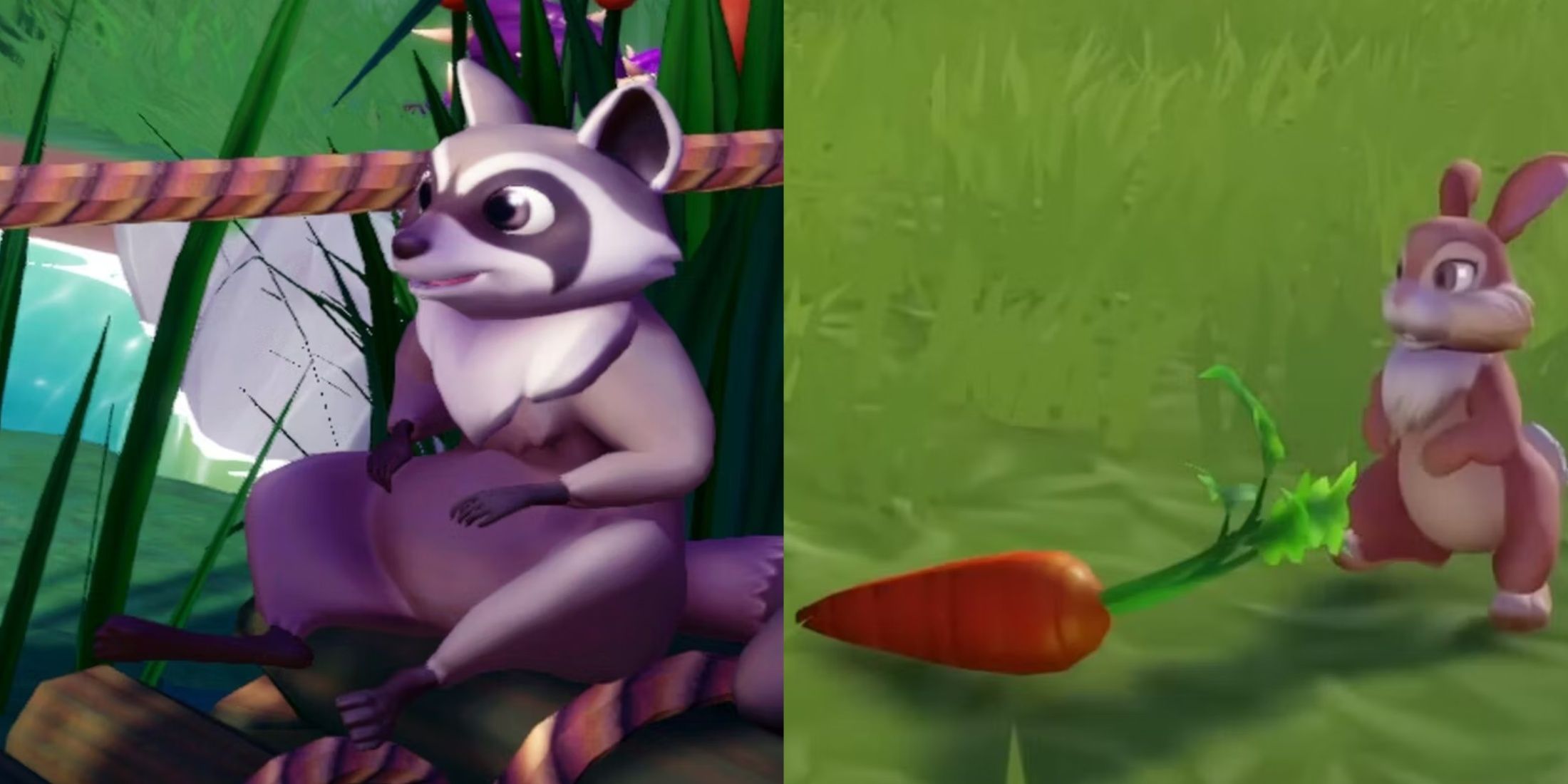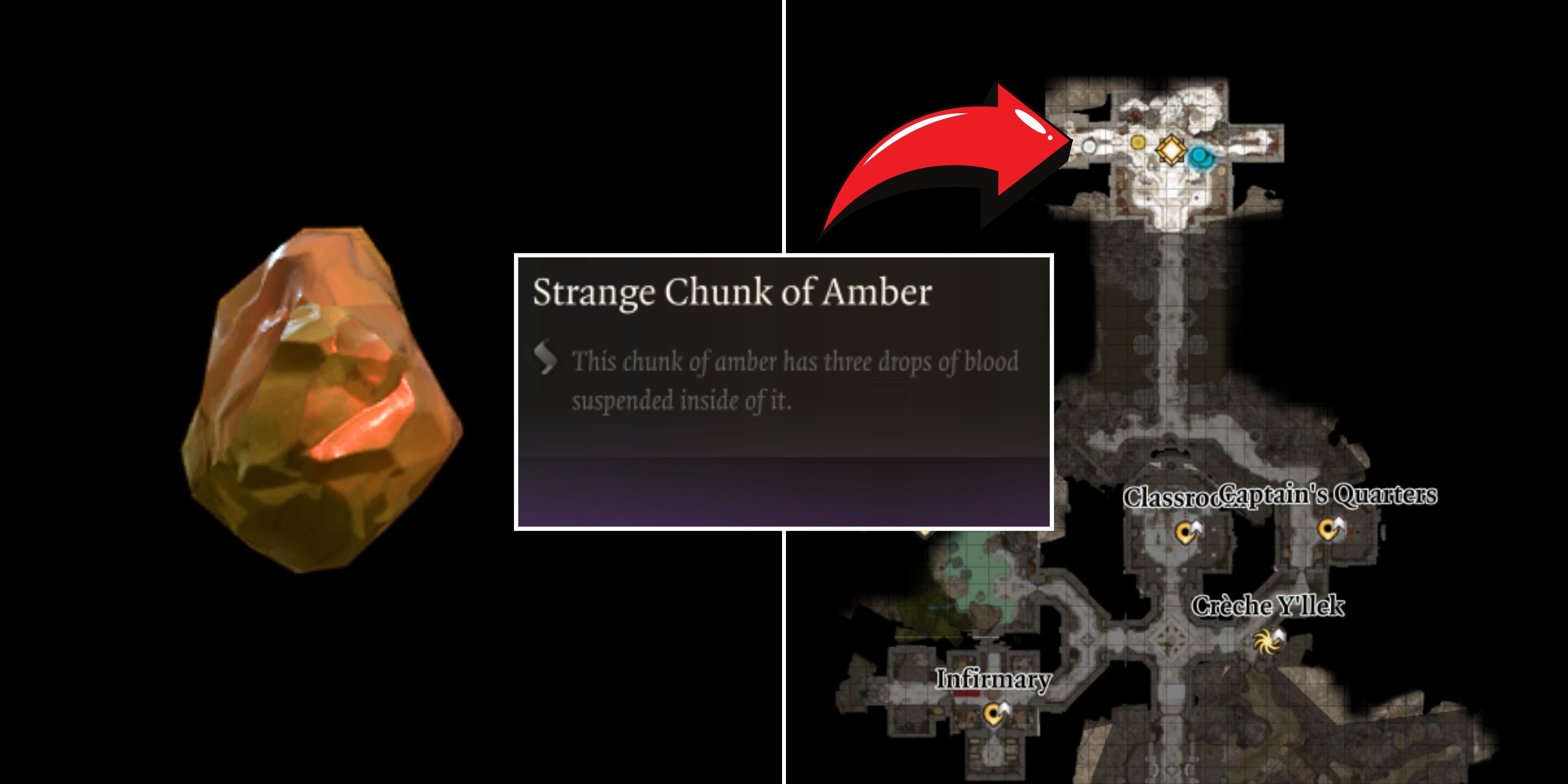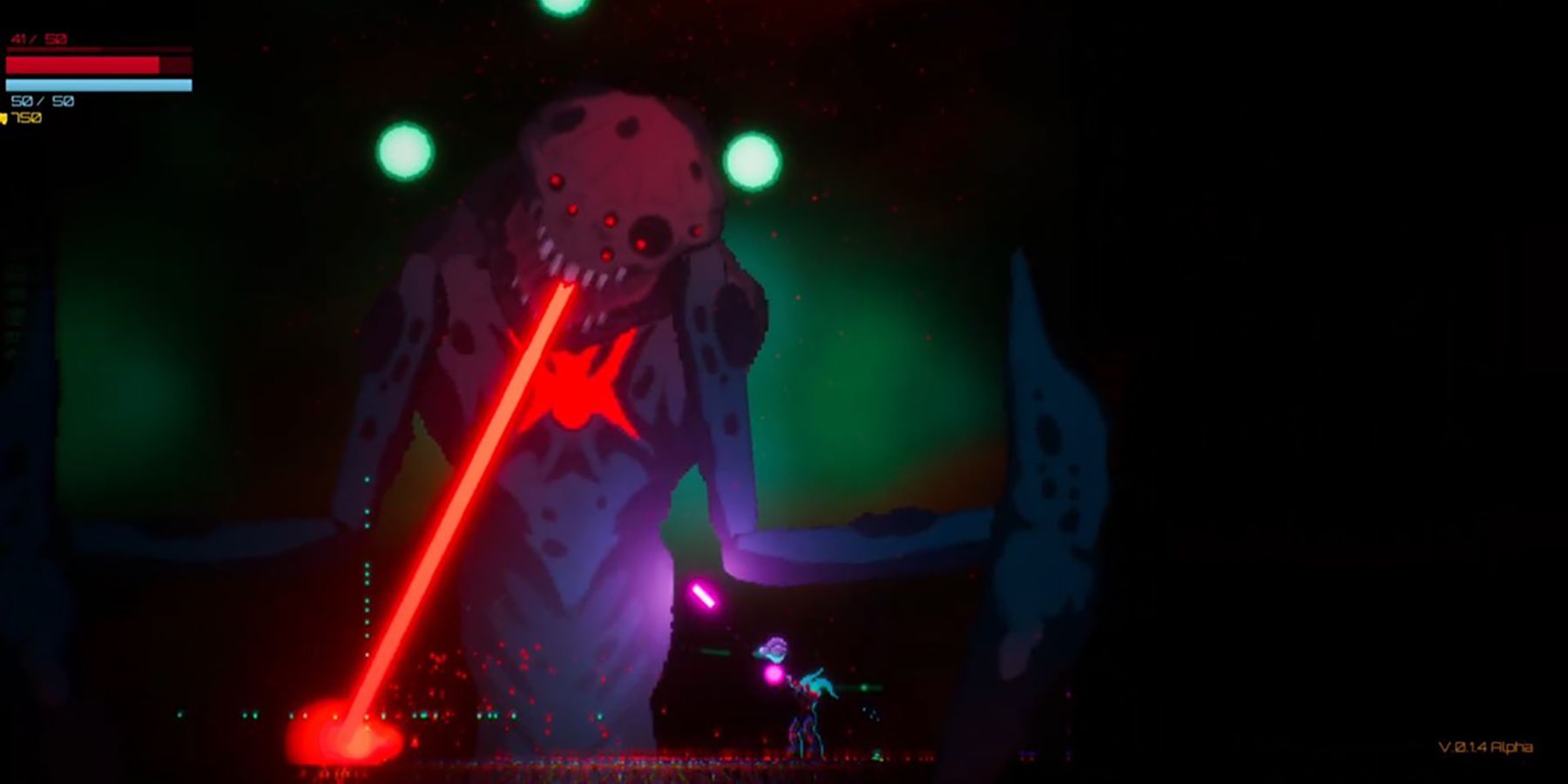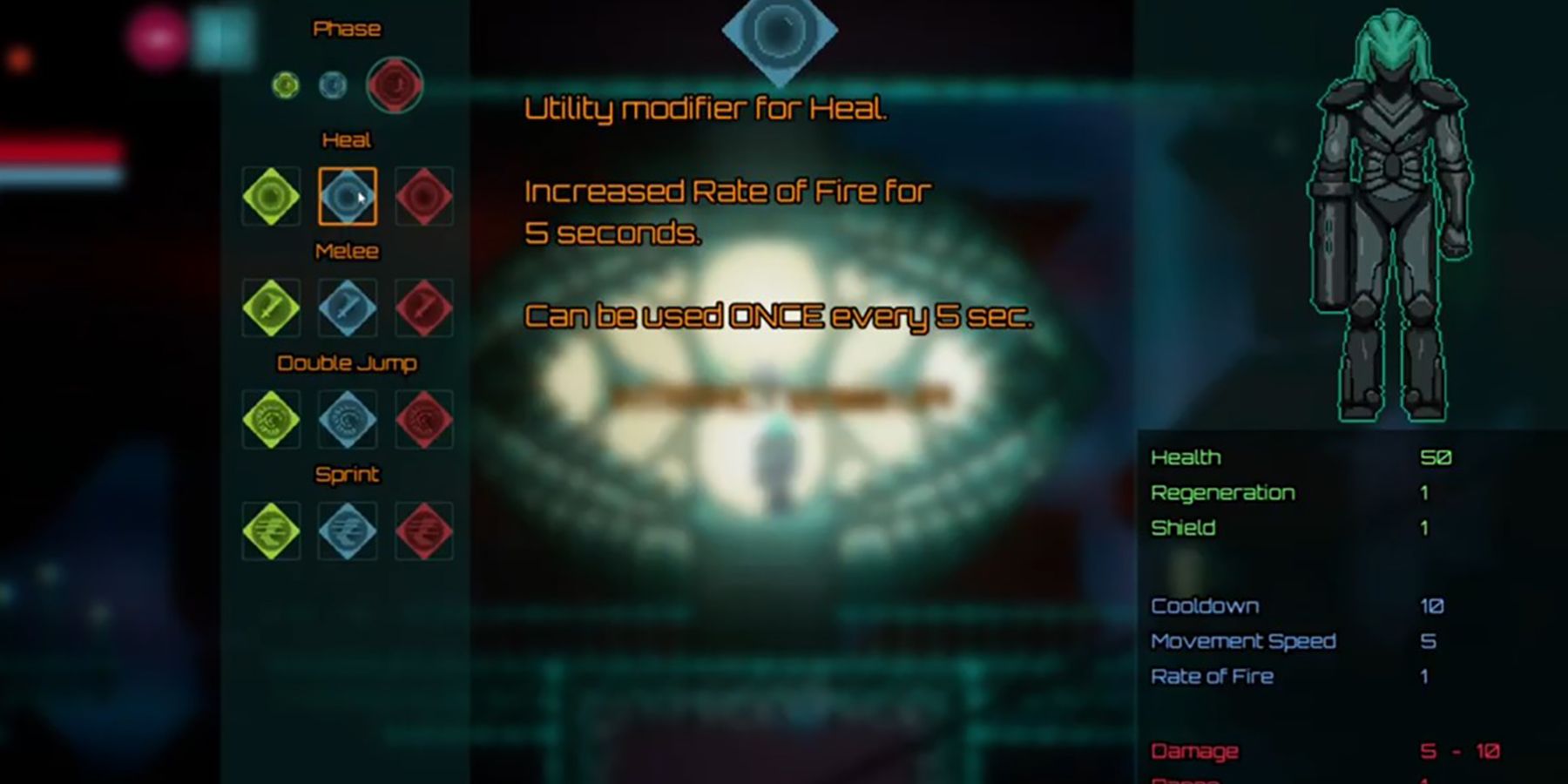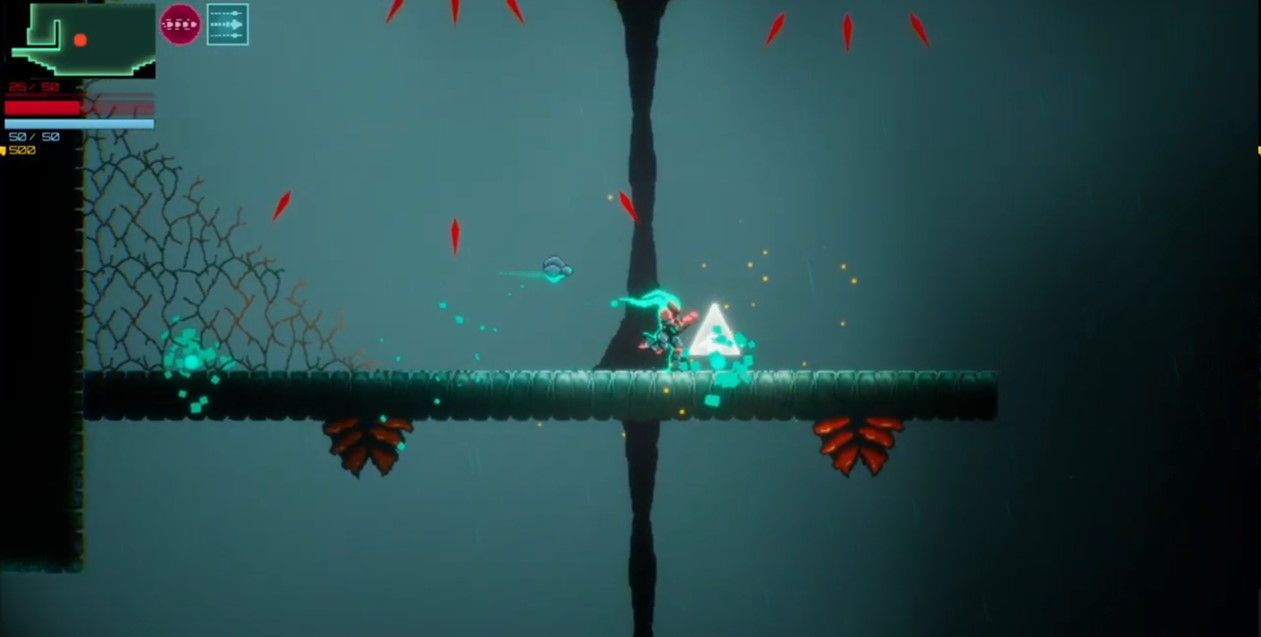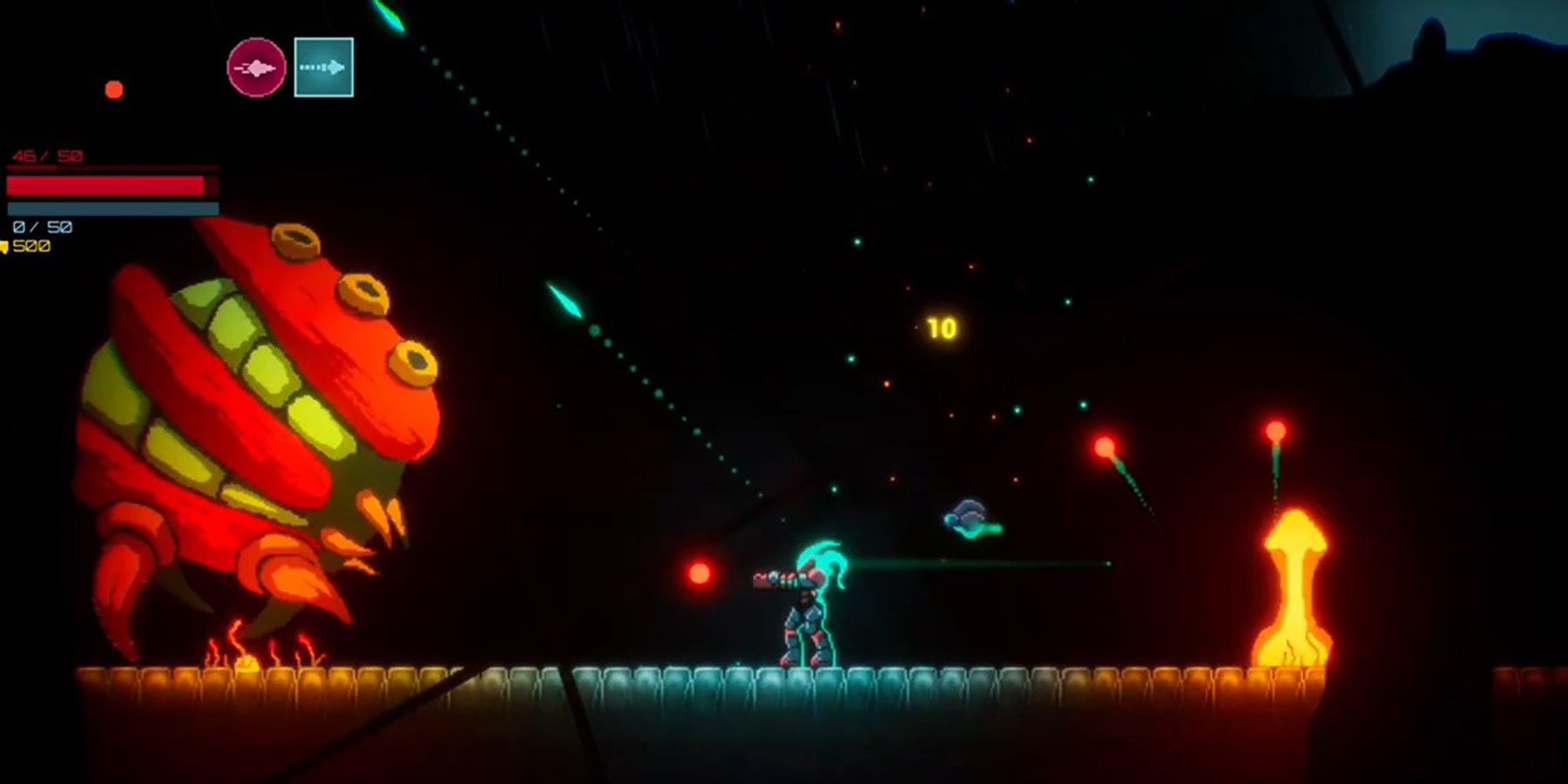Highlights
- Eyre's Van-14 is a retro Metroidvania with classic traversal and a unique upgrade system for player abilities.
- Developing in a vacuum, Eyre focuses on chasing fun organically to create a cohesive game experience.
- Eyre emphasizes finishing tasks rather than relying on placeholders, a lesson learned from Valheim. This means that there is currently no release window for the game, though Eyre hopes to finish it within the next two years.
Van-14 is a forthcoming, retro Metroidvania by Iron Gate Studio artist and developer, Robin Eyre. The passion project, being developed in Eyre's spare time, follows the fourteenth clone of a human warrior, Van, on an impossible mission to defeat a race of supernatural gods bent on universal destruction. The indie exploration game returns to classic traversal abilities like grappling hooks and double jumping, while incorporating a new upgrade system that allows players to tune their abilities to defense, offense, or utility.
Game ZXC recently caught up with Eyre, who revealed how his experiences with the hit survival crafting game, Valheim, have informed his approach to his Metroidvania love letter. Aspiring indie developers and fans of Metroidvanias alike should take note of Eyre's practices, which he states can make everything possible, "provided you sit down and do it for two hours every day."
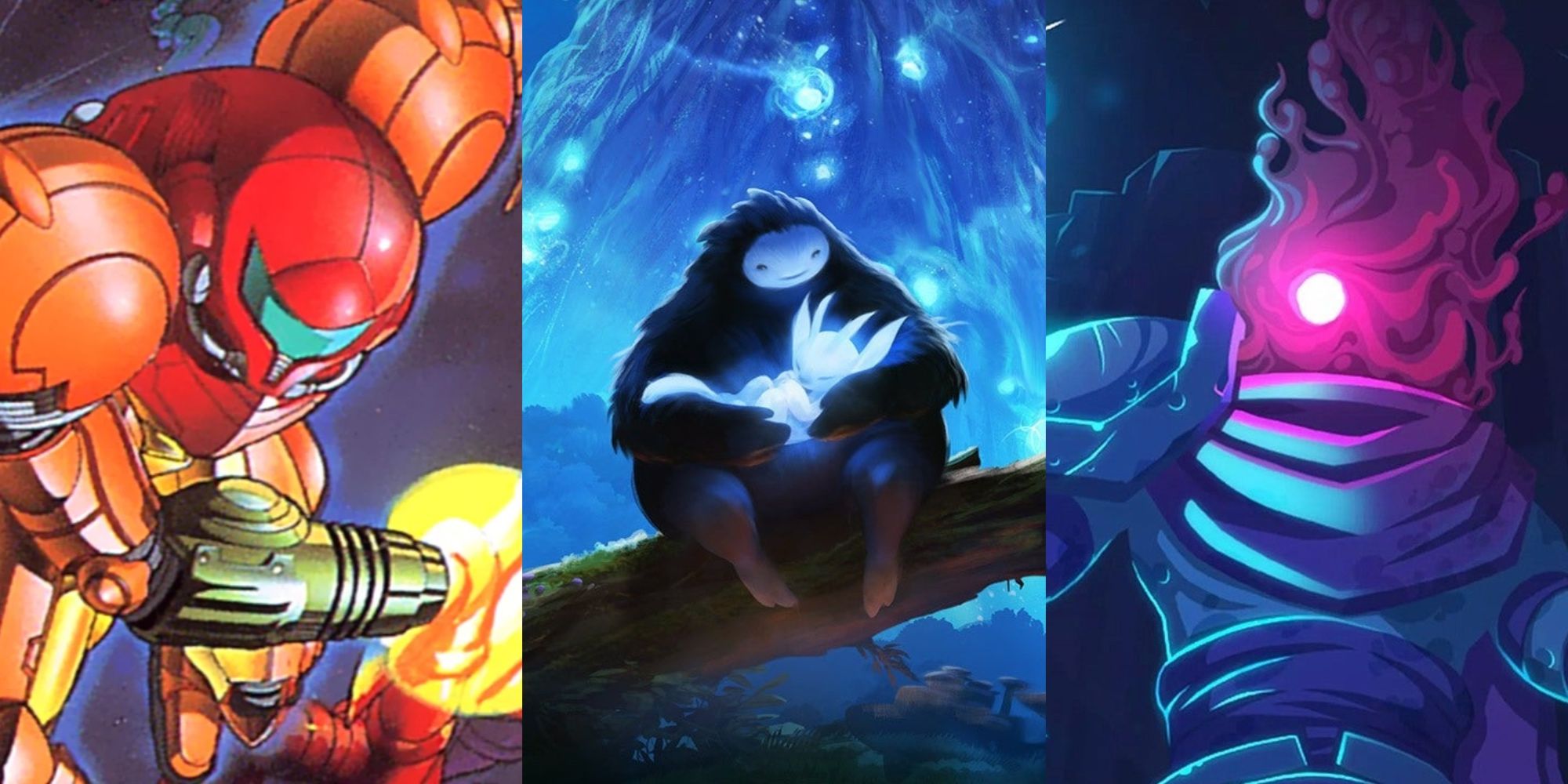
10 Most Iconic Metroidvania Protagonists, Ranked
These Metroidvania protagonists are recognized by video game fans everywhere. They defined the genre thanks to their iconic designs.
Following the Fun
Eyre is candid about his aspirations for Van-14. He is not looking to reinvent the genre, or come up with a wild mechanical hook that will take platforming and exploration in a completely new direction. Rather, he is approaching development as if the Metroidvania genre did not exist, and he was developing the game in a vacuum. His reasoning is to chase fun organically, which is a practice ingrained from his work at Iron Gate:
"We work iteratively and organically. We try to follow the fun. And that’s something I take with me when working on Van-14 ."
This philosophy leaves Eyre with a simple but effective question to serve as a guiding compass: is this fun? Even though it may seem like a self-evident goal, developers can get estranged from the pursuit of fun via tunnel vision or compartmentalization, especially in larger projects. Indie games, in contrast, are more receptive to Eyre's style of season-to-taste development. AAA games cannot pivot on lore or mechanics as easily as a single-person project, since the slightest changes can create ripples that will drastically affect other teams in unexpected ways, whereas a one-man team has the full picture at all times.
Seeing Things Through
The most important insight that Eyre has to share with other indie developers, gleaned from his time on Valheim, is to finish things rather than relying on placeholders.
"We don’t have placeholder things in Valheim . If you have a whole biome filled with placeholder stuff, you will never get the feeling for it. So at Iron Gate, we try to finish things. Like with creatures, we try to pull them all the way to the end, so we have their final VFX and SFX, to establish their distinct place in the game."
This advice is crucial for making meaningful progress on any large endeavor, but completing discrete tasks steadily is an imperative for solo projects. Leaving things unfinished and circling back to outstanding issues later results in development that is not only indistinct, but creatively confusing. Just as gamers wouldn't be able to fully immerse themselves in a game world with blocks in place of sprites, creators will struggle with establishing a cohesive creative vision. By working one enemy, one tile set, one projectile spirte at a time, Eyre can get lost in the world of Van-14 and ensure it has an identity.
This is true of every competitive genre, but it seems to ring particularly true of games like Metroidvanias, that are about moods as much as mechanics. Blasphemous draws its brutal, bloody aesthetic from Francisco Goya's A Procession of Flagellants, giving the game an instantly recognizable visual style, and with it, a decisive mood that also informed mechanics. Van-14's influence is similar, but its renaissance painting happens to be another game: Super Metroid.
That's not to say that Eyre is out of touch with more modern installments in the genre, however. His other "guiding star" is Team Cherry's masterful Hollow Knight, which is another title that feels decidedly cohesive, and more finished than many games that have been in development for a longer period of time.
Done When It Is Done
Eyre has yet to specify a release window for Van-14, though he hopes to finish the game within the next two years. Working on passion projects two hours nightly can yield slow progress, and Eyre has admitted it would be nice to have some extra help, especially with things outside his normal repertoire, like sound effects and music. He has taken care to keep scope-creep in check so far, but has also admitted that he might expand the game to ten zones from its current projected five, if that is what the title needs.
Van-14 is currently in development.

